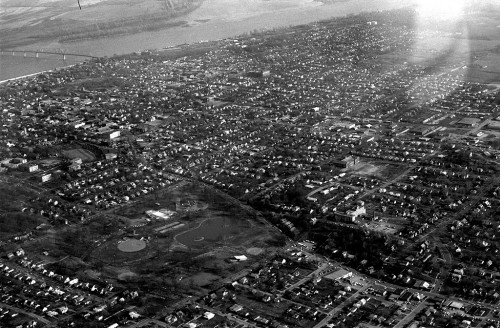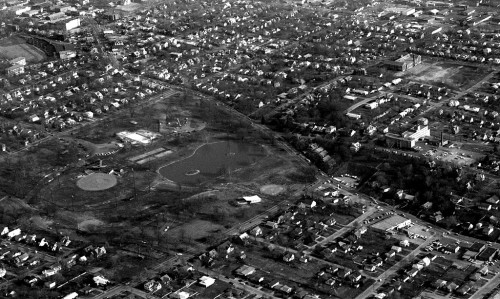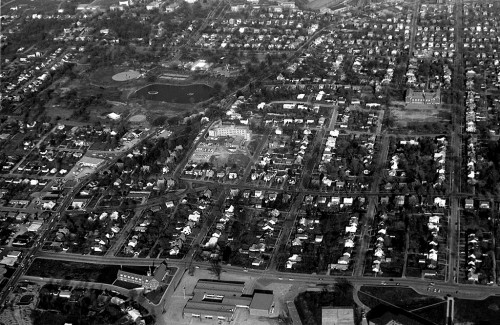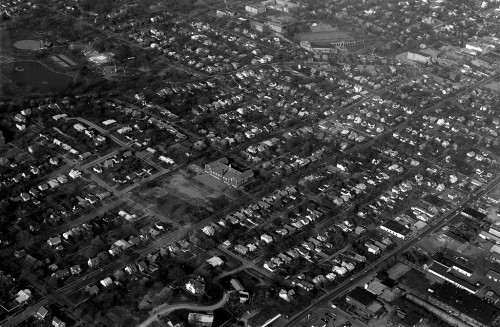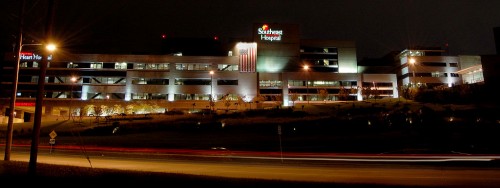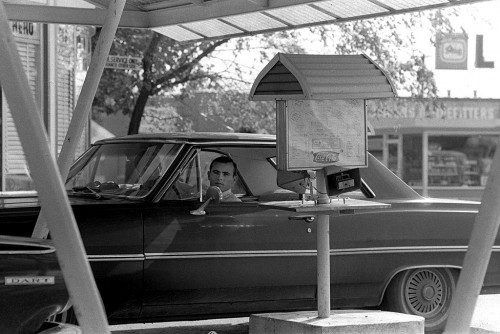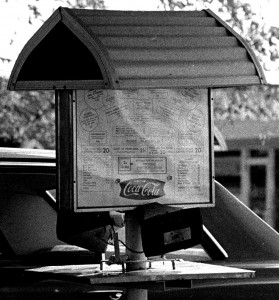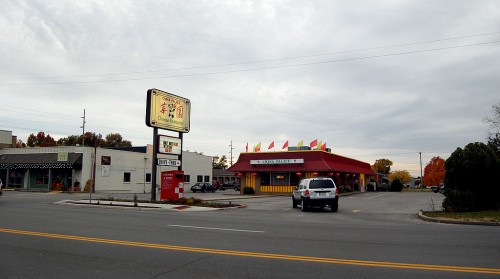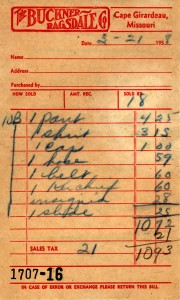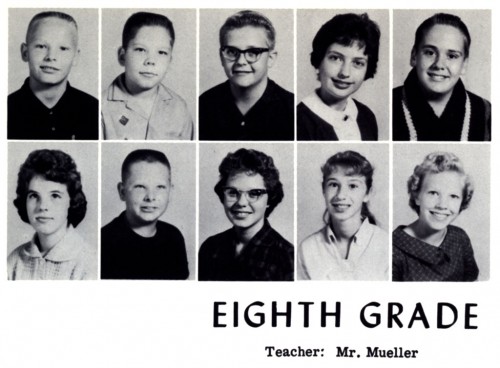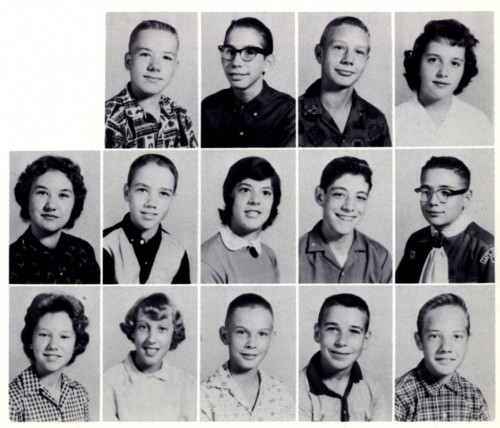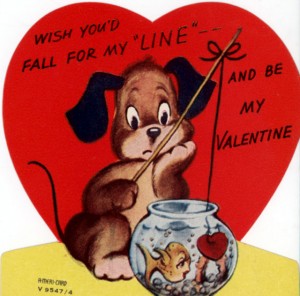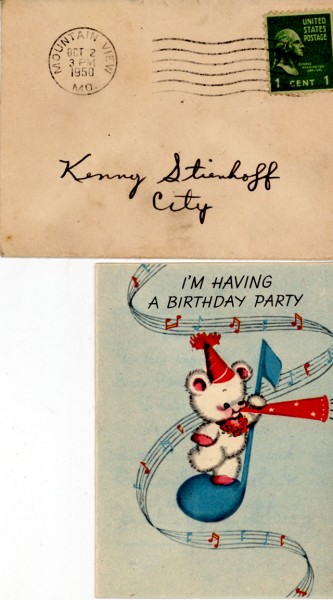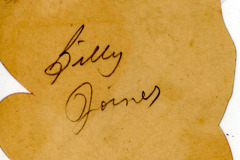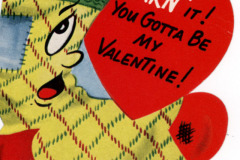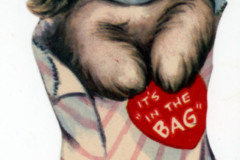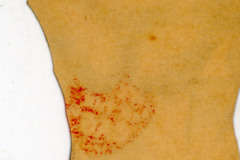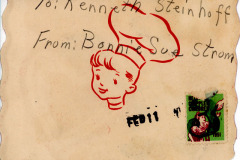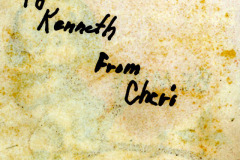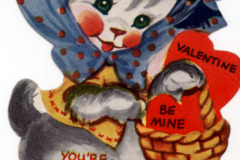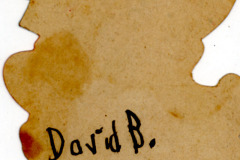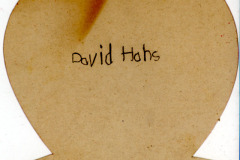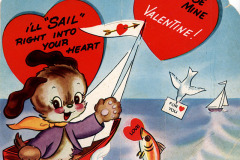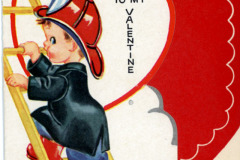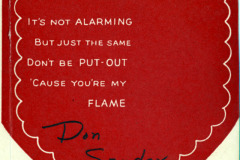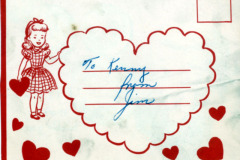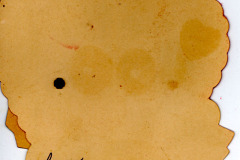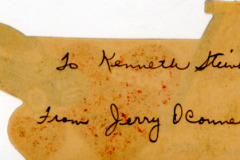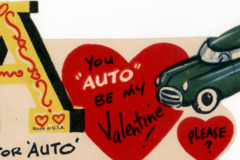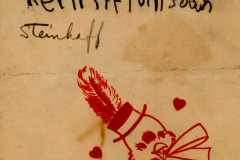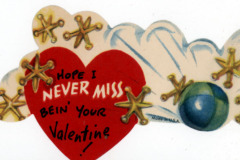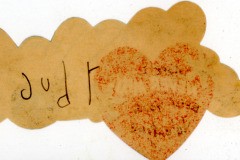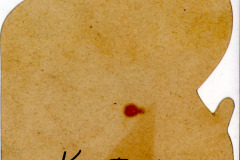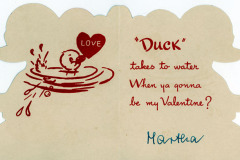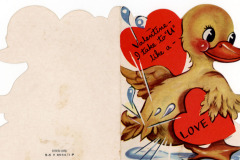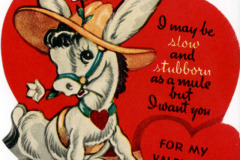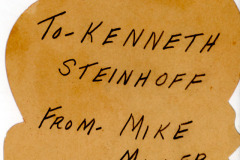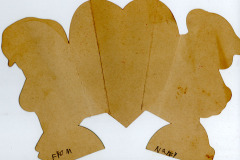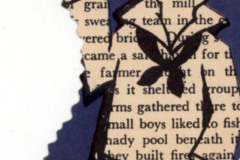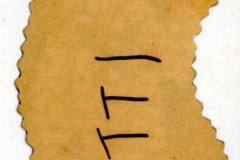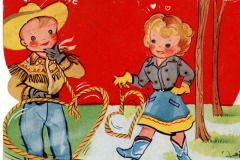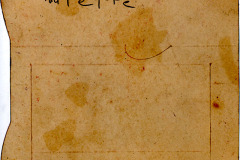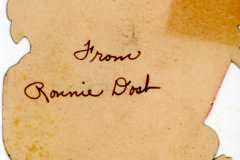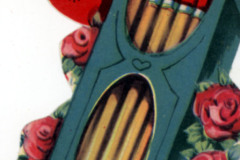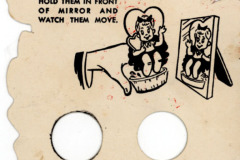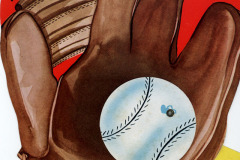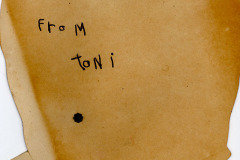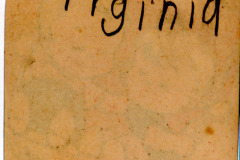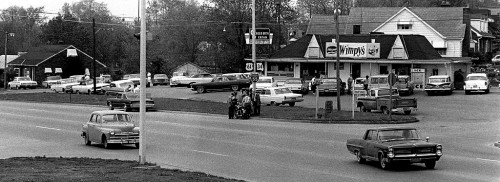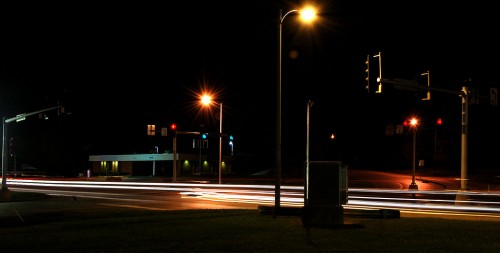Missourian photographer Fred Lynch had a Frony picture of the Capaha Park Lagoon being drained and being cleaned in 1962 in his f/8 and Be There blog. That reminded me that I had just seen some aerial photos I had taken of that area April 14, 1964, after the work had been completed.
I don’t know if Ernie Chiles and I had a mission this day or if we were just flying around for the fun of it. I’ll be publishing other photos from the flight from time to time.
This overall shot shows Capaha Park in the lower left-hand corner; Houck Stadium is up and to the left; the Cape Traffic bridge and the river are at the top; Franklin School is the large building with empty space behind it just to the right of center and Southeast Hospital is diagonally across the street from the park. The white smear at the top right is a reflection off the plane’s window. (Click on the photos to make them larger.)
Same photo, with Capaha Park area enlarged
Disturbing the peace
You can see two cars parked on Cherry Hill across from the Rose Garden. I remember the day with The Missourian’s cop reporter came back from checking the overnight police blotter.
“I’m never going to be able to get this in the paper, but it’s too good not to share. One of the items, in typical cop-speak, read, ‘While on routine patrol of Capaha Park, I noticed a crowd of people gathered around a car parked on Cherry Hill. The crowd dispersed when I approached. I shined my flashlight through the driver-side window and witnessed a couple in sexual congress. I tapped on the window. When they finished the act in which they were muchly engaged, I cited them for disturbing the peace.’ To my way of thinking,” the reporter continued, “the couple should have filed against the cop for disturbing the piece.”
If you look closely at the parking lot to the right of the swimming pool (the white area left of center), you can see something tall sticking up. I wonder if it’s part of the carnival rides Terry Hopkins mentioned in the post about the trains in Cape parks.
… I did notice that in the background on the middle shot you could see the the old carival rides that used to be in the park. Mike Stovall and I used to work for “Booty” King the guy who owned them. I think I made the princely sum of .35 an hour, plus we got a deal on a hot dog and coke each day! Big fun and living LARGE when you were fourteen! Thanks for bringing back this memory!
A view looking east from Caruthers
The front lawn of Central High School is at bottom right; Franklin School is in the right center; Southeast Hospital is at left center; the road running from left to right at the bottom of the photo is Caruthers. The curvy road at the left is Broadway. I always thought of Broadway as being fairly straight, but it has some significant curves.
Franklin School neighborhood
Franklin School is in the middle. Independence runs diagonally at the right; Themis is just to the right of Franklin School and Broadway runs in front of Capaha Park.
I’m curious about the large white house at the bottom of the photo. It has a street or driveway that looks like a question mark leading to and around it. It looks like something I should remember, but I’m drawing a blank. Anyone?
Southeast Hospital at night in 2009
When I was in Cape last fall, I played around with some night time exposures of buildings along Broadway (and Wimpy’s). The tiny Southeast Hospital of 1964 has grown to gobble up the surrounding neighborhood.

